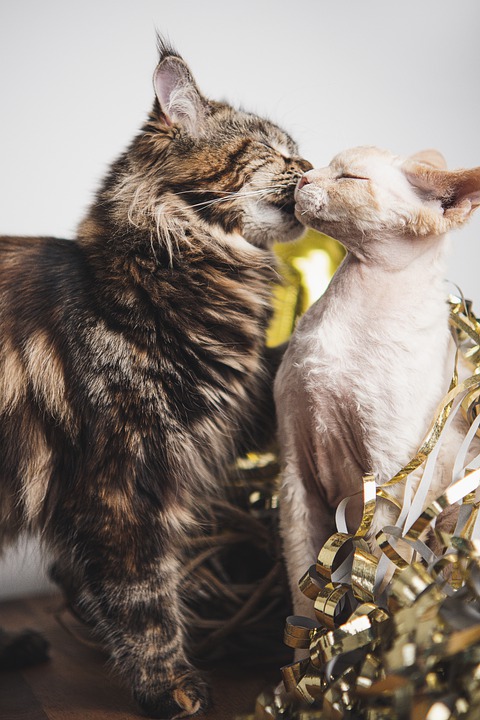Cats are notorious for their scratching behavior, which can sometimes cause frustration for their human companions. However, it’s essential to understand that scratching is a natural instinct for cats. By providing appropriate outlets for this behavior, you can effectively manage scratching while preserving your furniture and maintaining a happy and healthy feline.
Understanding the underlying reasons behind your cat’s scratching behavior is crucial in managing it effectively. Here are some key motivations behind why cats scratch:
1. Marking territory: Cats have scent glands on their paws, and scratching helps them leave their scent behind, marking their territory.
2. Stretching and exercising: Scratching allows cats to stretch their muscles, promoting flexibility and keeping them physically active.
3. Claw maintenance: Scratching helps cats shed the outer layer of their claws, keeping them sharp and healthy.
4. Emotional release: Scratching can serve as a way for cats to release stress, frustration, or pent-up energy.
To manage scratching behavior effectively, it’s essential to provide your cat with appropriate scratching surfaces. Here’s what you can do:
1. Scratching posts: Invest in sturdy and tall scratching posts made of materials like sisal rope or cardboard, which are appealing to cats. Place the posts in areas where your cat spends most of its time.
2. Horizontal scratching boards: Some cats prefer scratching on horizontal surfaces. Consider providing a scratching board or mat made of suitable materials like sisal or carpet.
3. Cat trees or condos: These multi-level structures often come with built-in scratching posts. They provide an engaging environment for your cat while offering a designated area for scratching.
4. Deterrents for furniture: If your cat has developed a habit of scratching specific furniture, use deterrents like double-sided tape or aluminum foil to make those surfaces less appealing. Additionally, you can try placing scratching posts near the furniture to redirect their behavior.
Here are some frequently asked questions regarding managing scratching behavior and their answers:
1. How do I encourage my cat to use the scratching post?
– Initially, you can use catnip or treats to attract your cat towards the scratching post. Gently guide their paws on the post to demonstrate its purpose. Reward them with praise or treats when they use it correctly.
2. What if my cat doesn’t take to the scratching post?
– Experiment with different types of scratching surfaces, such as vertical posts, horizontal boards, or textured materials. Observe your cat’s preferences and try to provide alternatives that align with their preferences.
3. How can I prevent my cat from scratching furniture when I’m not around?
– Consider using deterrents like motion-activated alarms or sprays that emit a harmless burst of air when your cat approaches the furniture. Gradually, they will associate the unpleasant experience with scratching those surfaces.
4. My cat scratches excessively. Could it be a sign of a medical issue?
– Excessive scratching can indicate underlying health problems like fleas, allergies, or skin infections. If you notice persistent scratching or signs of discomfort, consult with a veterinarian to rule out any medical conditions.
Managing scratching behavior is all about understanding and accommodating your cat’s natural instincts. By providing appropriate scratching surfaces and redirecting their attention, you can maintain a harmonious living environment for both you and your feline friend. Remember, patience and positive reinforcement are key to successfully managing this behavior.








